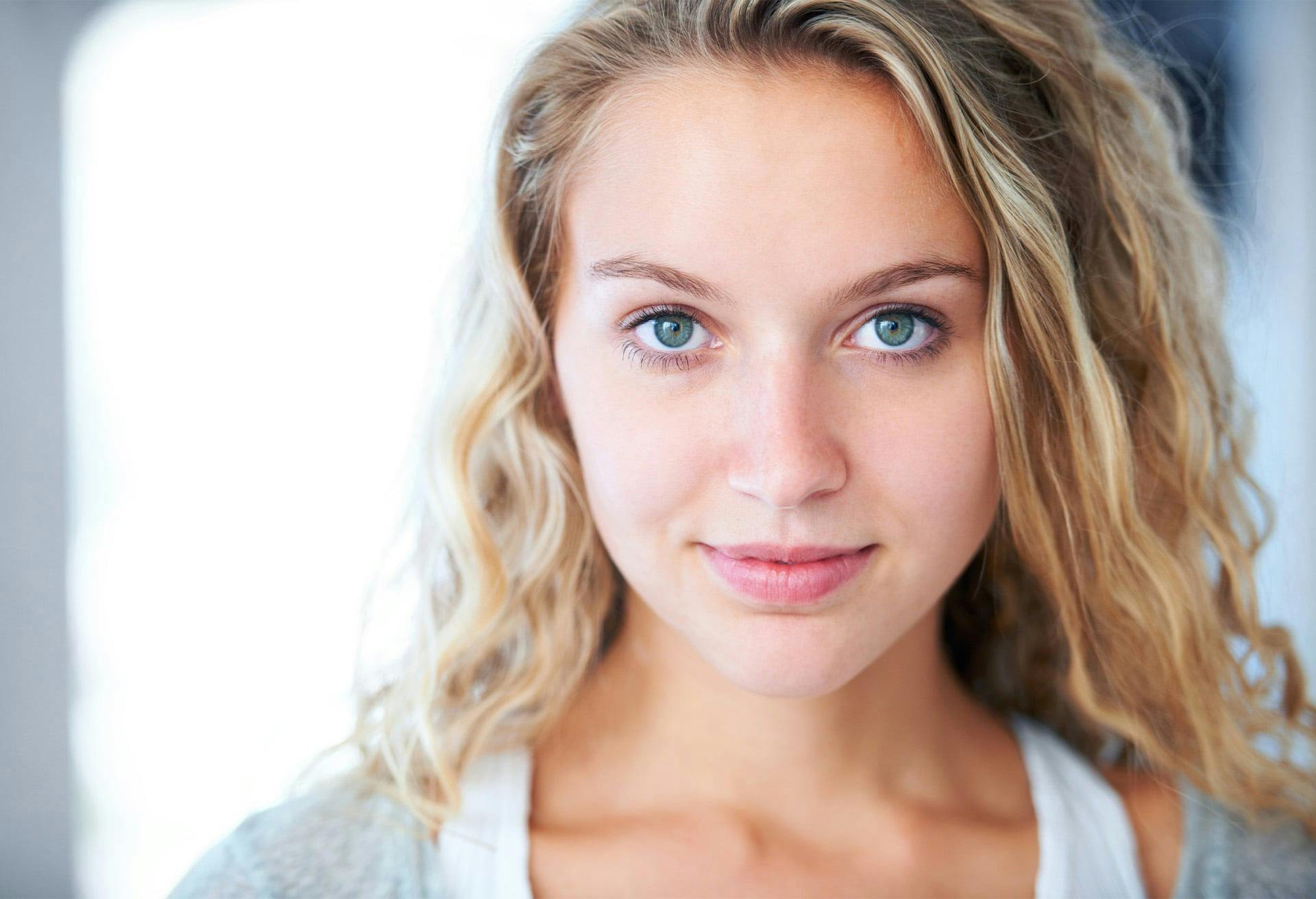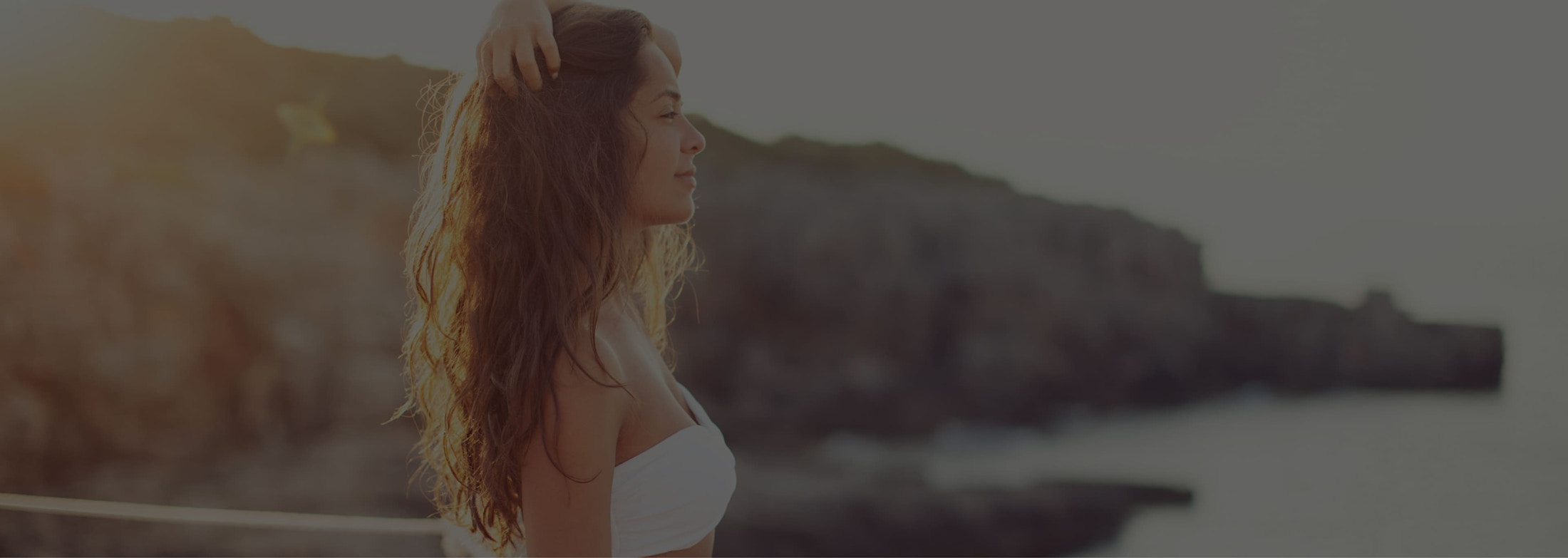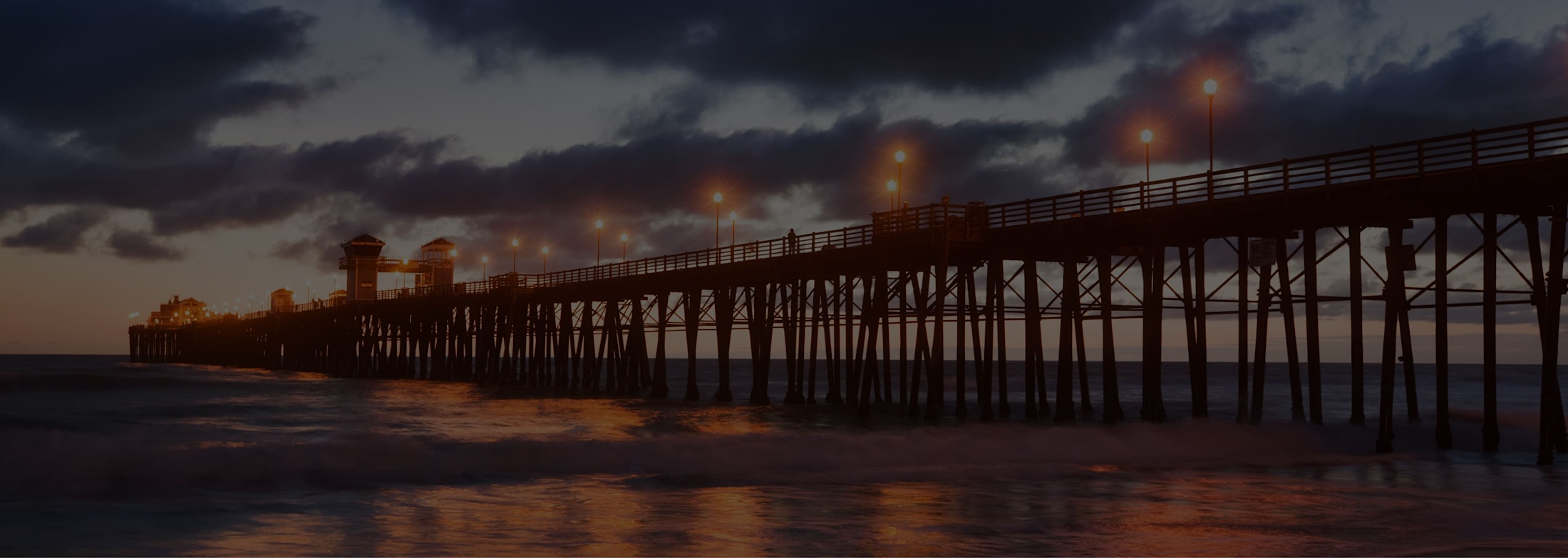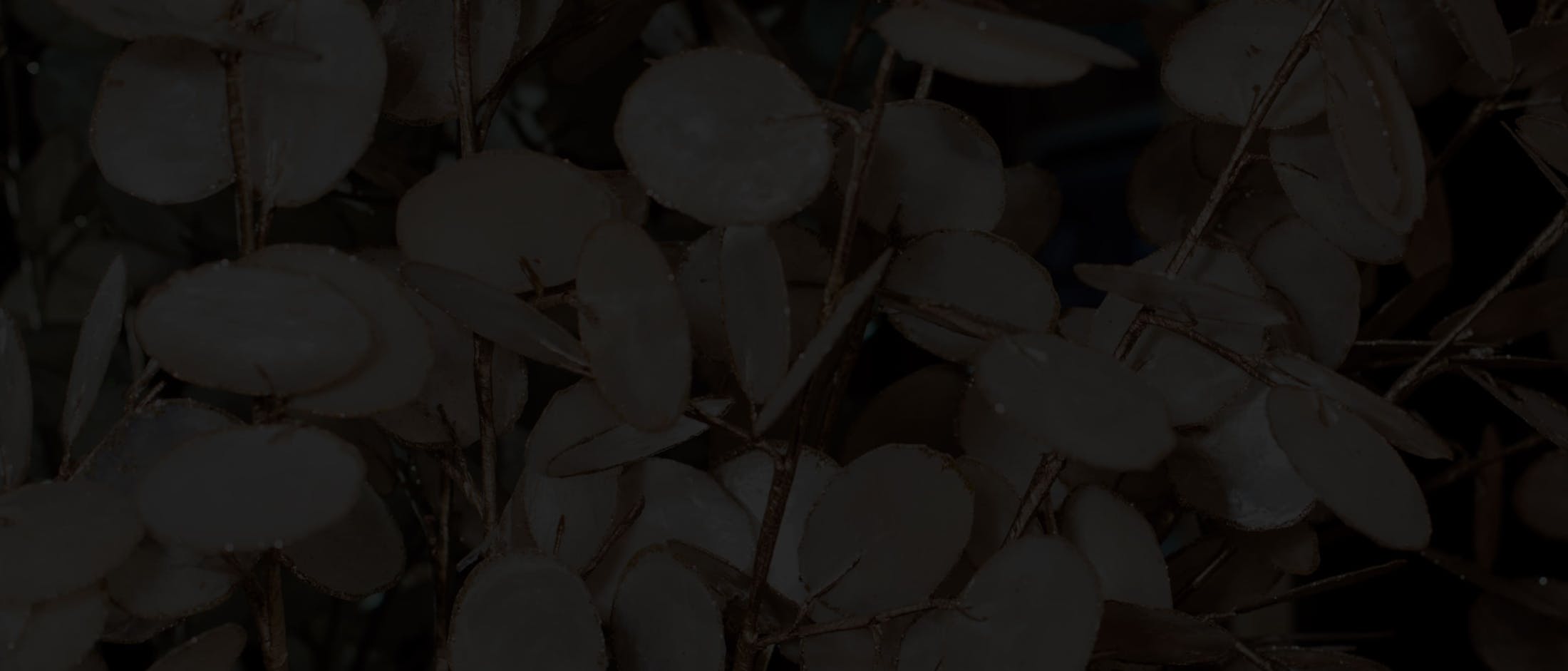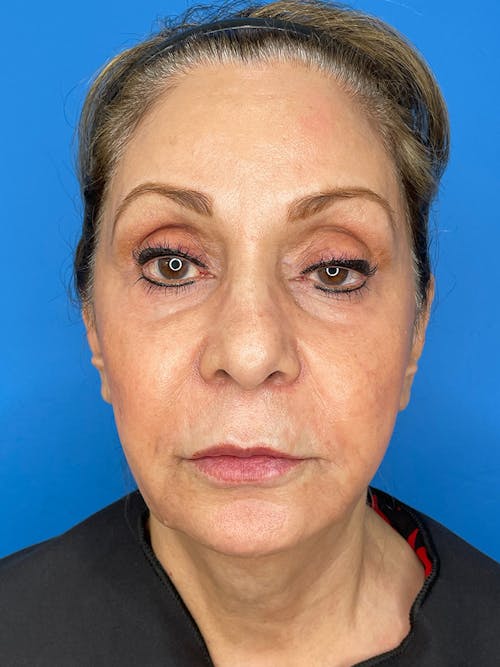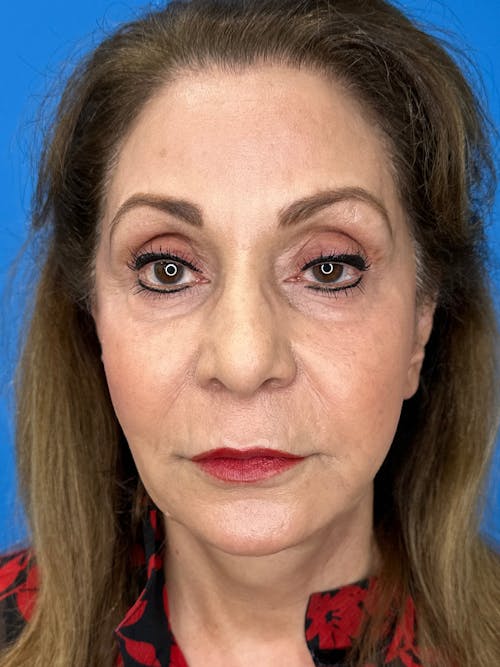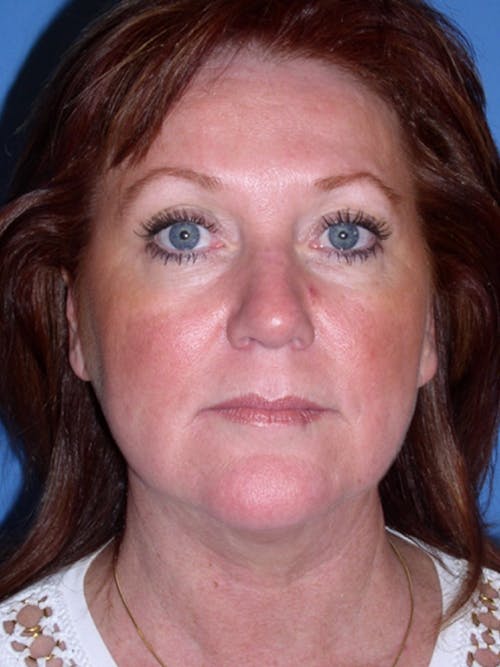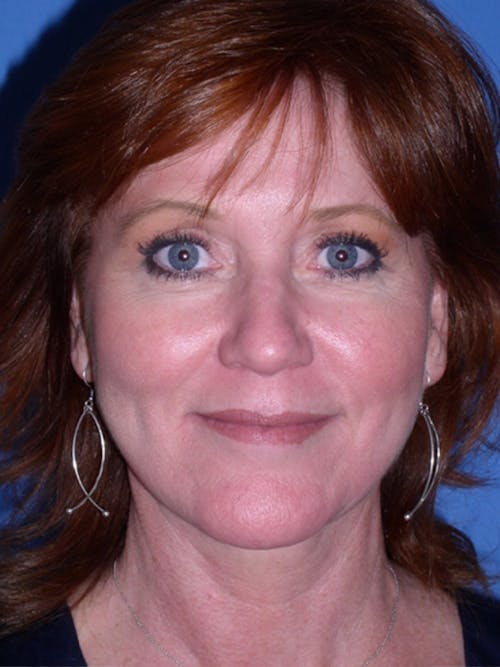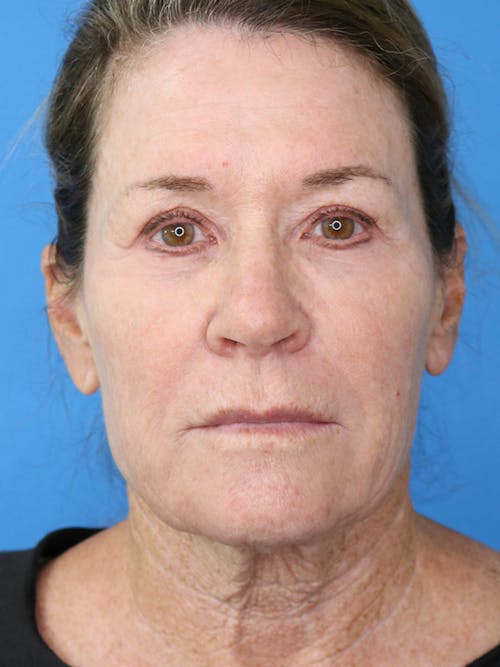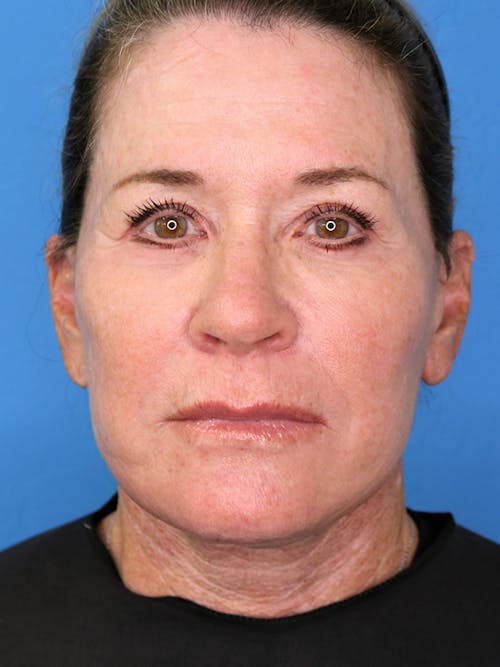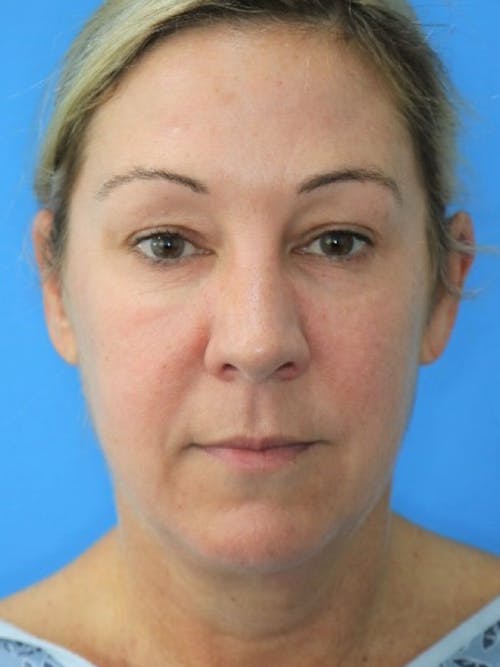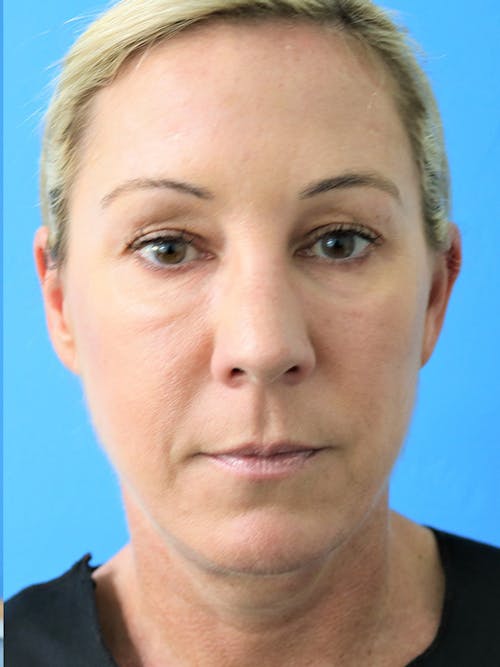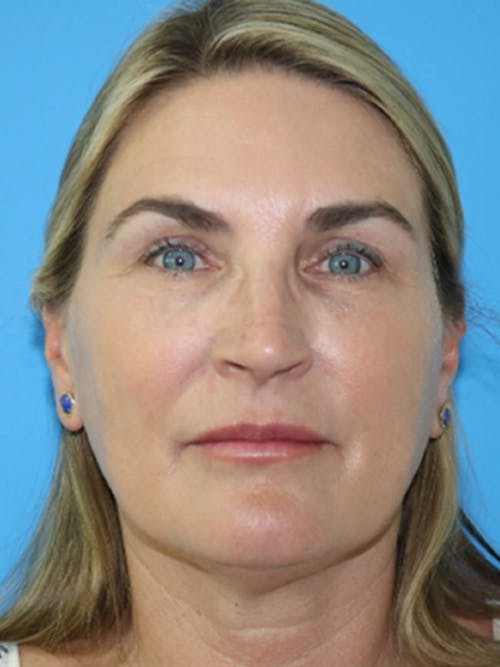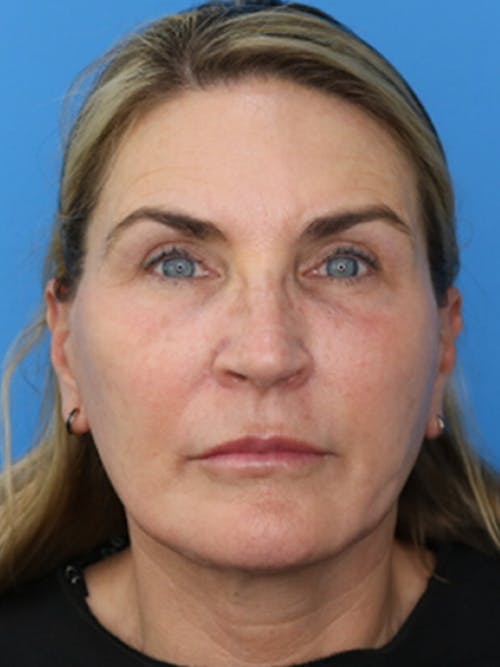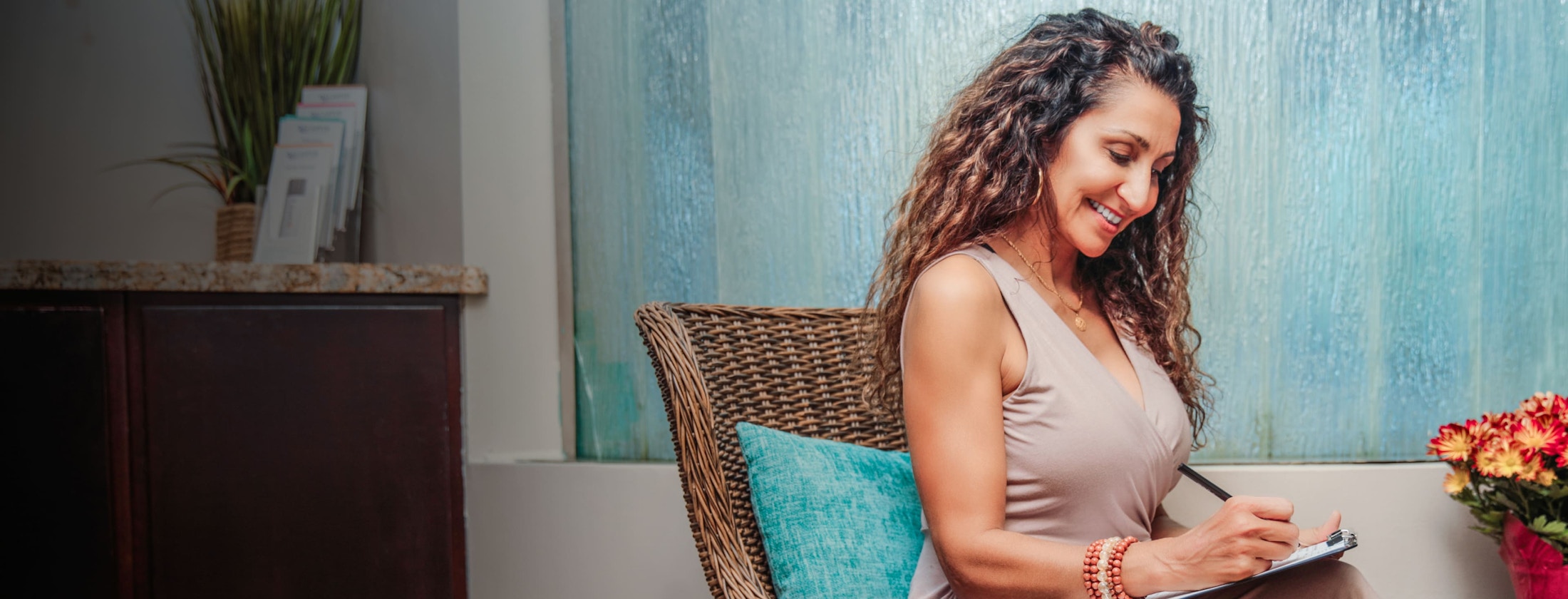Why Choose Moradi MD for Rhinoplasty?
When searching for a surgeon to do your rhinoplasty in San Diego, It is good to know it is widely regarded as one of the most technically challenging procedures in facial plastic surgery. It requires not only surgical precision but also an artistic eye and deep anatomical understanding. Many surgeons shy away from this complex operation, and unfortunately, many more perform it poorly, leading to unsatisfactory results that require revision.
Dr. Amir Moradi is a double-board-certified facial plastic surgeon with decades of specialized experience in nasal surgery. Renowned for both his primary and revision rhinoplasty outcomes, Dr. Moradi brings elite-level skill, an unwavering commitment to natural aesthetics, and a personalized approach to every case.
He is also:
- A published clinical researcher in facial aesthetics and nasal structure
- A respected educator and faculty speaker at top global medical conferences
- A trusted advisor to leading aesthetic companies and technology innovators
Patients from San Diego, Carlsbad, Oceanside, San Marcos, Vista, Encinitas, and other San Diego-area communities rely on his compassionate care.
At Moradi MD, you’re not just choosing a procedure—you’re selecting a surgeon who performs rhinoplasty with confidence, precision, and a clear vision for balance and harmony. Every surgery is tailored to elevate your unique facial features and enhance your confidence, all within a state-of-the-art facility known for exceptional outcomes and compassionate care. Whether you are undergoing your first rhinoplasty or seeking expert revision, you can trust Dr. Moradi and his dedicated team to deliver elegant, long-lasting results that look authentically you.

